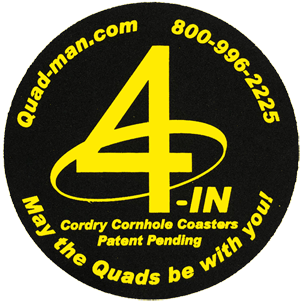To better understand playing surfaces, we used four different boards of different weights, sizes and composition. The boards represent what most people who play the game might use.
We tested these boards, one at a time on 10 different surfaces, six outdoors and four indoors.
We played in the height of summer in southern New Mexico, so temperatures were reaching the low-100 degrees, with slight to moderate humidity.
We played a full game on each board on each playing surface, taking measurements of each board’s movement over the course of the game, capturing video in real-time and slow motion.
Without boring you to death, I’ll summarize the findings.
1. Best Surface to Play Cornhole On
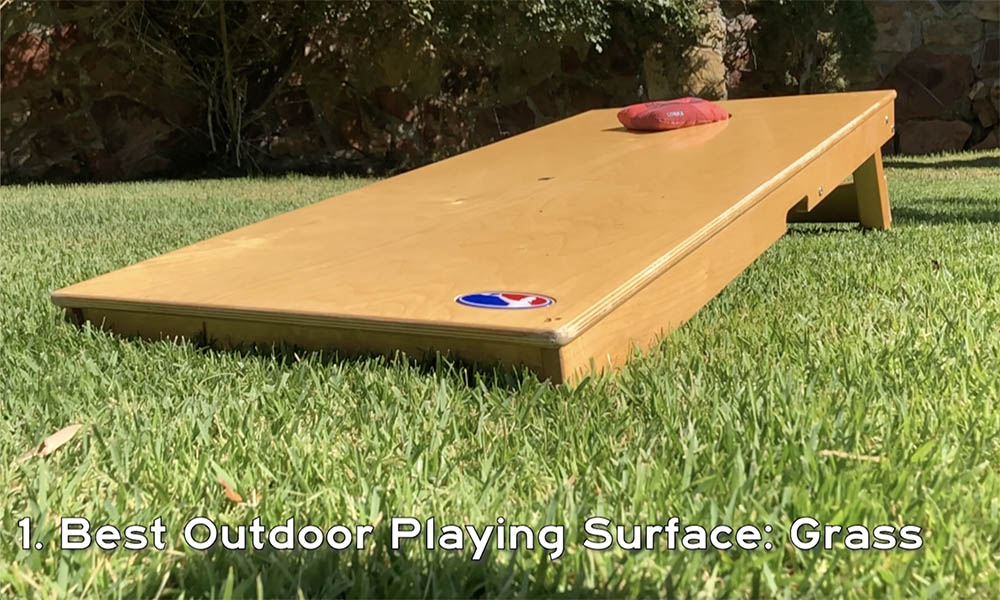
First of all, when it comes to playing on outdoor surfaces, the best for overall play is grass on soft soil because it features two types of friction, not to mention good shock absorbency.
2. How to Play Cornhole on Sand
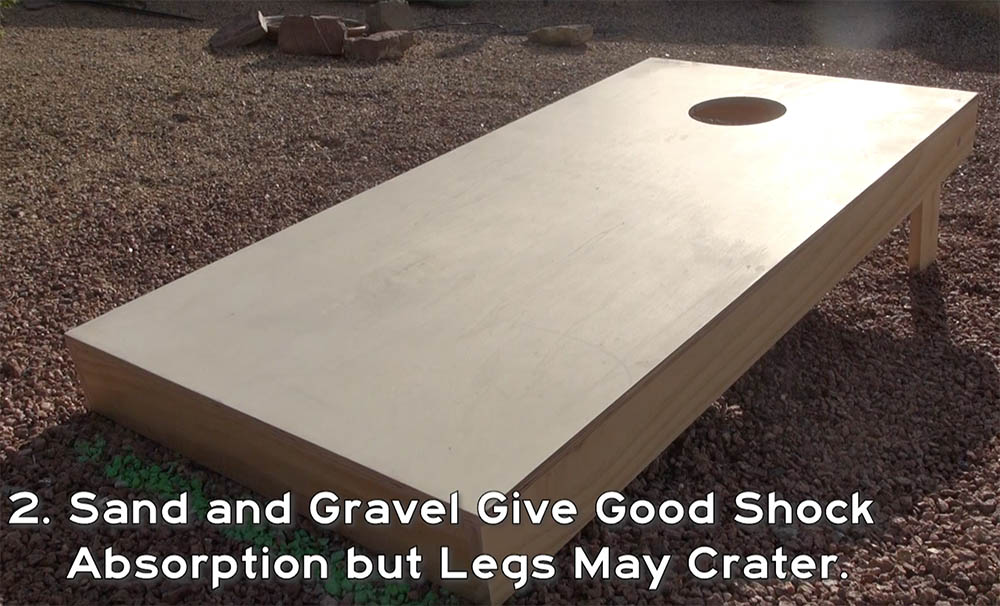
Next, sand and fine gravel provide great shock absorption but legs may crater on impact and board my tilt. Be prepared to adjust the board!
3. Playing Cornhole on Asphalt
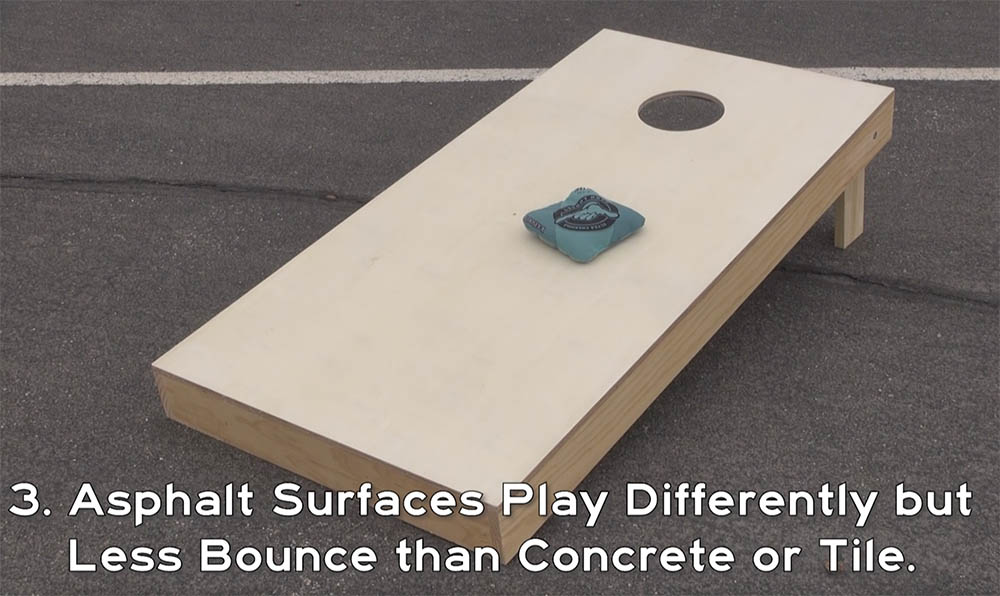
On asphalt, understand that smooth will play differently than broken, weathered, rocky, and or sloped asphalt. However, you’ll get less bounce than concrete or tile.
4. Playing Cornhole on Concrete
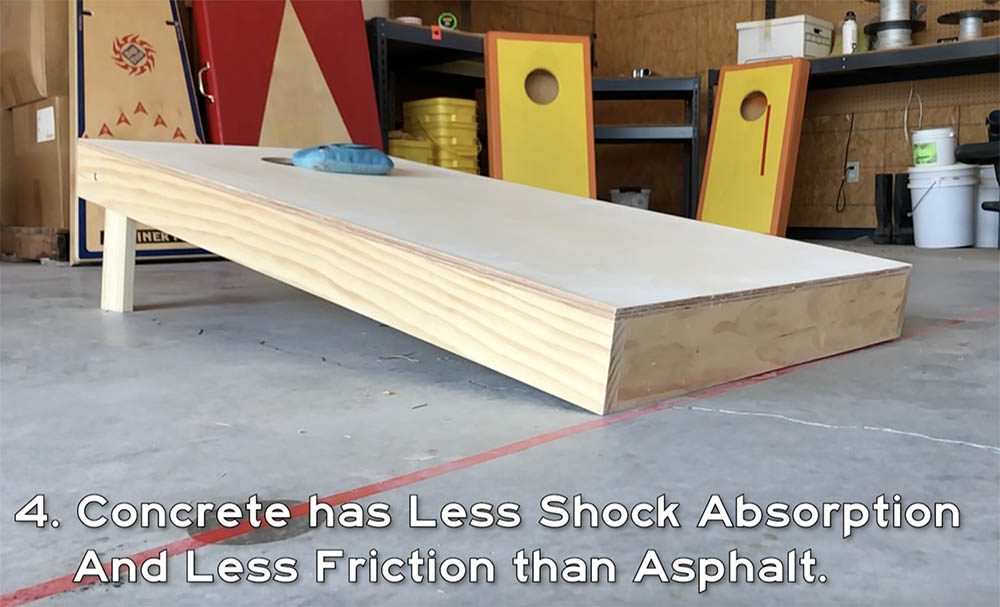
Concrete provides less shock absorption than asphalt and usually less surface friction, making the board slide more.
The surface you’re playing on make a huge difference to game play. If your goal is to be competitive, be sure to practice on difference surfaces so you’ll understand their different dynamics.
And of course if you want to moderate the game play surface, you can use some type of artificial surface, like the Quad Man Coasters, which helps lessen the shock and movement from bag impact on any type of board.
